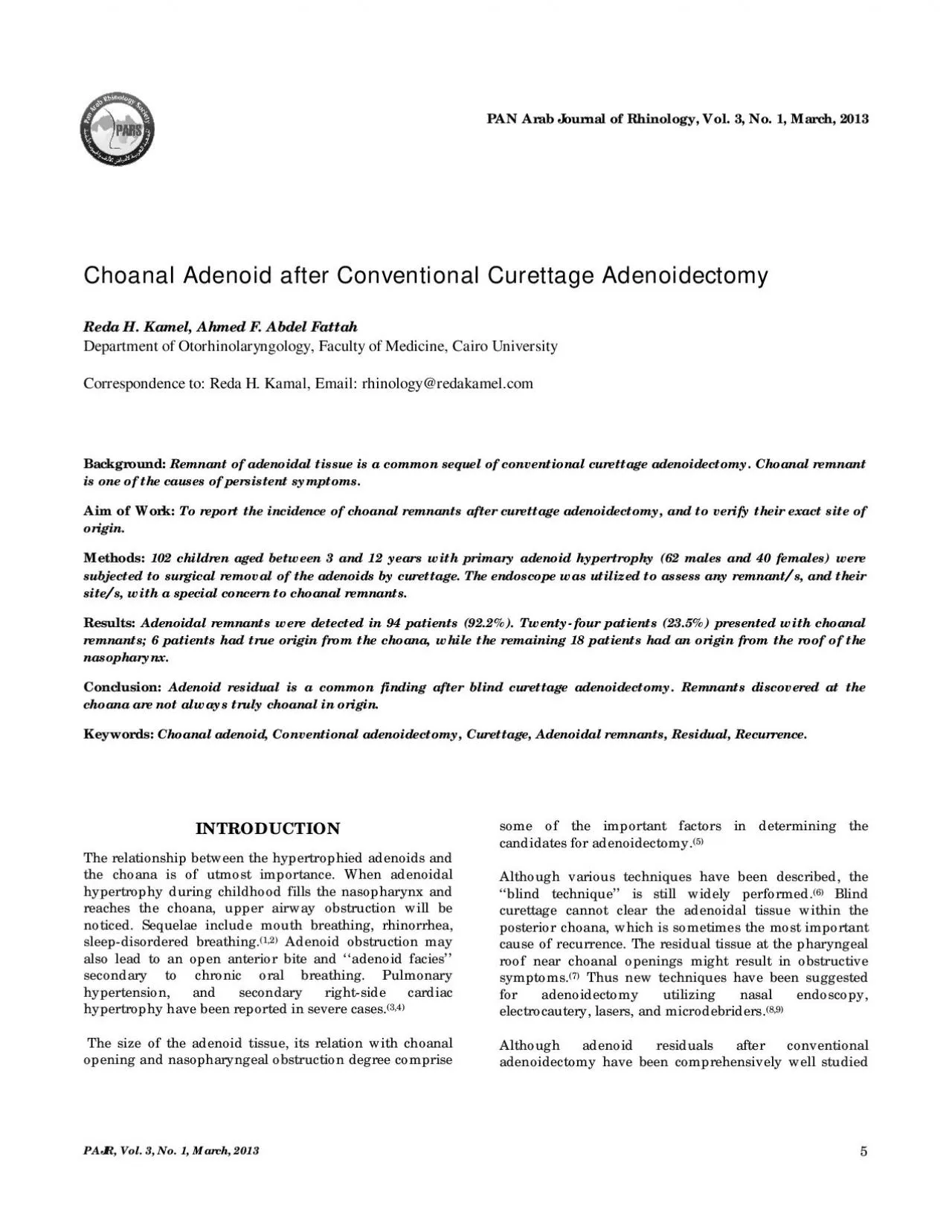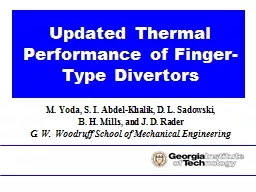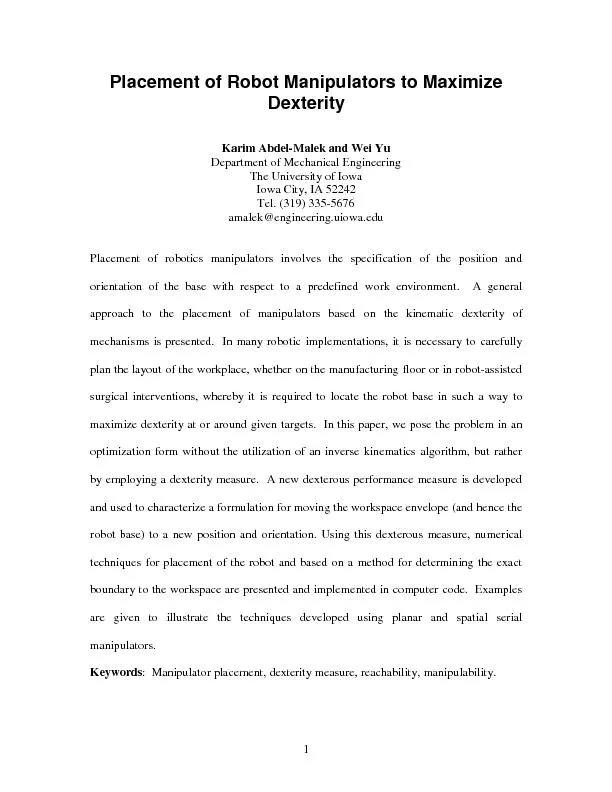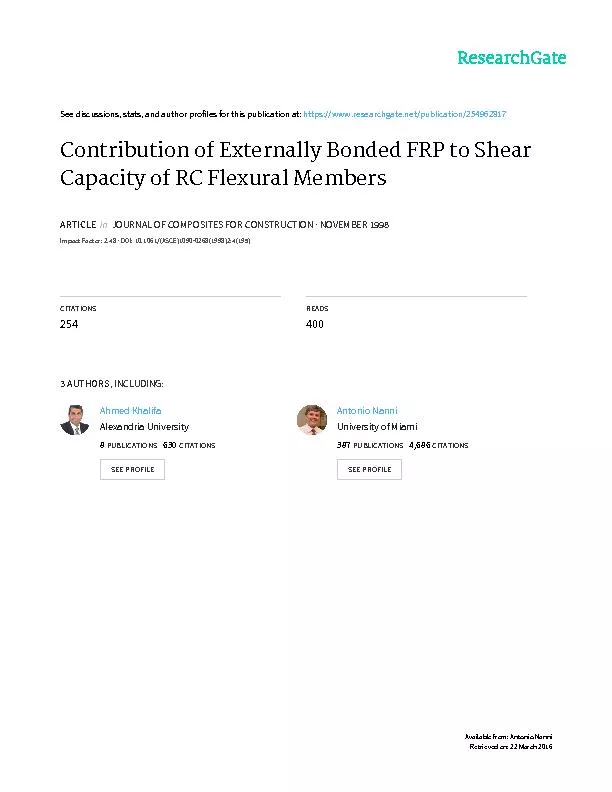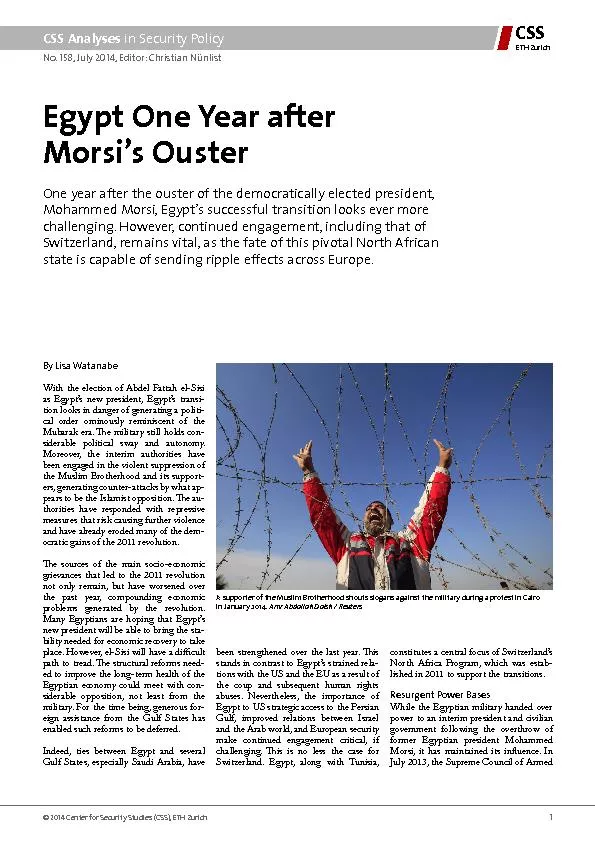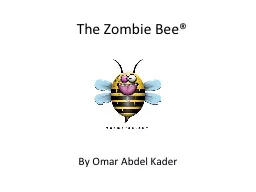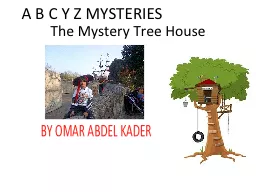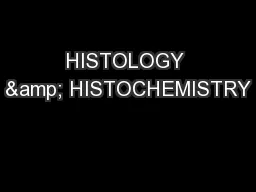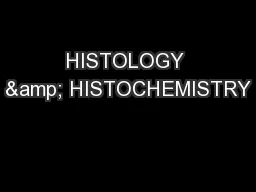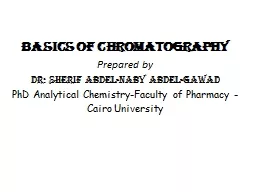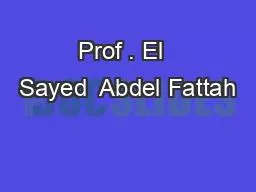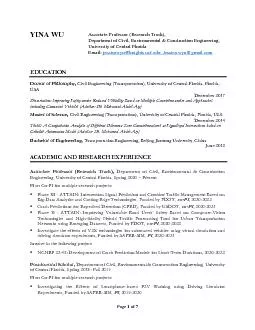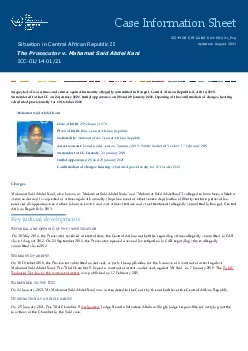PDF-Abdel Fattah
Author : elizabeth | Published Date : 2022-08-22
Kam e l and PAJR Vol 3 No 1 March 201 3 5 PAN Arab Journal of Rhinology Vol 3 No 1 March 20 1 3 Choanal Adenoid after Conventional Curettage Adenoidectomy Reda
Presentation Embed Code
Download Presentation
Download Presentation The PPT/PDF document "Abdel Fattah" is the property of its rightful owner. Permission is granted to download and print the materials on this website for personal, non-commercial use only, and to display it on your personal computer provided you do not modify the materials and that you retain all copyright notices contained in the materials. By downloading content from our website, you accept the terms of this agreement.
Abdel Fattah: Transcript
Download Rules Of Document
"Abdel Fattah"The content belongs to its owner. You may download and print it for personal use, without modification, and keep all copyright notices. By downloading, you agree to these terms.
Related Documents

